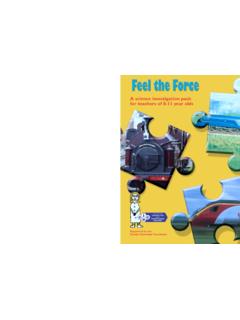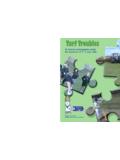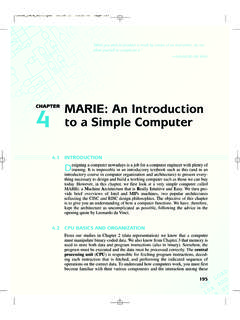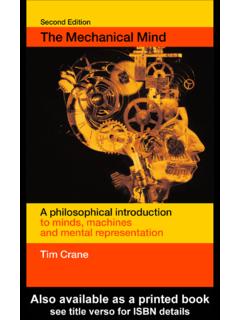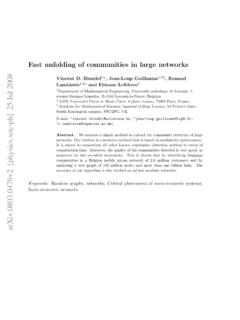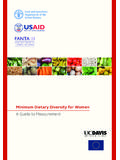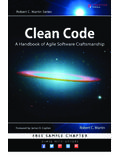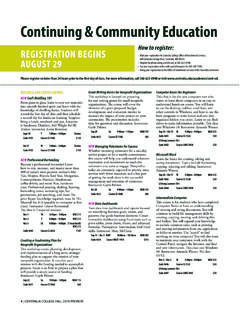Transcription of A science investigation pack for teachers of 8-10 …
1 Supported by the Gatsby Charitable FoundationA science investigation pack for teachers of 8-10 year oldsFor more information on the programmes and publications available from the CIEC, visit our website contact:Chemical Industry Education CentreUniversity of YorkYorkYO10 5DD UKTelephone: 01904 432523e-mail: Runny Liquids A science investigation pack for teachers of 8-10 year olds This package was developed by the Chemical Industry Education Centre at the Department of Chemistry University of York Heslington York YO10 5DD Telephone: 01904 432523 Facsimile: 01904 434460 E-mail: Website: Chemical Industry Education Centre First published 2003 ISBN 1 85342 582 6 The contents of this book have limited copyright clearance.
2 They may be photocopied or duplicated for use in connection with teaching within the establishment for which they were purchased. They may not be duplicated for lending, hire or sale. Acknowledgements Many people were involved in developing the activities in this resource, and I would like to offer my thanks to them, and in particular: Anne-Marie Allen, St. Joseph's Primary School, Boston Spa Jonathan Barton, Advisory teacher , Children Challenging Industry, Chemical Industry Edith Fielding, St-Michael-in-the-Hamlet Junior School, Liverpool Valmai Firth, Chemical Industry Education Centre Michelle Goundry, Heighington Primary School, Newton Aycliffe Katy Harris, Carlinghow Princess Royal Primary School, Batley Heidi Henrickson, Chemical Industry Education Centre Julie Jones, Advisory teacher , Children Challenging Industry, Chemical Industry Education Centre Fiona Law, St.
3 Mary's Primary School, Malton Mandy Martin-Smith, Cheyne Middle School, Sheerness Eve Morris, Barkston Ash Primary School, Barkston Gayle Pook, Advisory teacher , Children Challenging Industry, Chemical Industry Education Centre Sue Pooley, Heworth Primary School,York Cliff Porter, Educational Consultant, Liverpool Michelle Woodland, Frank Richardson and Dr. Fiona Smail of Thomas Swan Ltd., Consett County Durham, for information on the industrial processes. Colleagues from the following schools for helpful comments and information on computer software: Lindisfarne Middle School, Alnwick Alnwick South County First School Hipsburn County First School, Lesbury, Alnwick Appletree Gardens First School, Whitley Bay, Tyne and Wear.
4 Bryan Jackson Joy Parvin Project Officer Editor Photograph acknowledgements We thank the following companies, organisations and individuals for giving us permission to use photographs. Bottles of vegetable oil, Graham Mathers (photographer), cover Bubbles are created when soap, such as washing up liquid, is mixed with greater amounts of water.
5 Andrew and Francis Pears of London, England, first popularised pure soaps that were transparent and perfumed in the late 1700s through the 19th century. Image courtesy Shell Education Service, cover Once hard chocolate is heated and fatty oils are added, it becomes runny and suitable for dipping delicious strawberries into the mixture. After the liquid cools, it hardens again, making a tasty treat! Strawberry supplied by Art Explosion, Nova Development Corporation, cover and frontispiece Contents Introduction 1 Curriculum links 3 Resource requirements 4 Activity notes 5 Activity sheets 19 Appendices 33
6 1 Introduction Age range The activities in this book provide an opportunity for children to think about the properties of liquids, and in particular, their 'degree of runniness' or viscosity. They are written for use with Years 4-5 children, and can be adapted for use with Year 6. Context The activities use a real life context, of a company producing a thick solution that needs stirring.
7 The context-led activities are grounded in the Key Stage 2 National Curriculum for science , with particular attention given to developing investigative skills. Note: This information is for the teacher . If shared with the class, it should be simplified considerably. Many industrial processes involve handling and moving materials that may be very viscous (thick), and some can be almost solid on arrival at the site. These materials usually have to be converted into liquid forms before they can be moved around the site and take part in processes.
8 Wherever possible, companies do this simply, by either heating or diluting the substance so the resulting liquids can be pumped around the site in pipes. Vessels and pipes containing hot liquids are therefore well insulated. One chemical company uses a substance derived from wood resin (and can be from soya beans) as an 'ingredient' in printing ink resins, used for printing sweet and other similar wrappers. It is also the base for the glue used to seal the wrappers. The substance arrives on site in drums as a very thick liquid, which is warmed with steam in order to move it to storage tanks and reactors.
9 Where possible, companies will use a free transfer method: gravity. The warmed liquid simply falls through pipes from one place to another. Occasionally, companies add an ingredient to the material to reduce its viscosity. The company mentioned above is one of the biggest producers of additives called peptisers, that are added to rubber. Rubber is made from very long chains of particles (molecules). These chains tend to tangle up, like long strands of spaghetti, causing the liquid to be sticky. Adding a peptiser breaks up the long spaghetti-like strands and the liquid becomes runny again, because the small molecules can move easily around each other, rather like grains of sand or salt.
10 Later in the rubber-making process, the chains of molecules re-join (polymerise) and regain their rubber-like properties. 2 In many cases, the viscosity, or stickiness, of the liquid must be measured to ensure that it meets the required specifications. Four methods are used in industry, measuring time taken for: a liquid to be poured through a funnel a ball bearing to fall to the bottom of a tall container of liquid a small quantity of liquid to run down a tilted tray an air bubble to reach the top of an inverted tube of liquid (or two tubes containing different liquids are turned together and the rate of rise of the bubble compared; one is the 'control').


